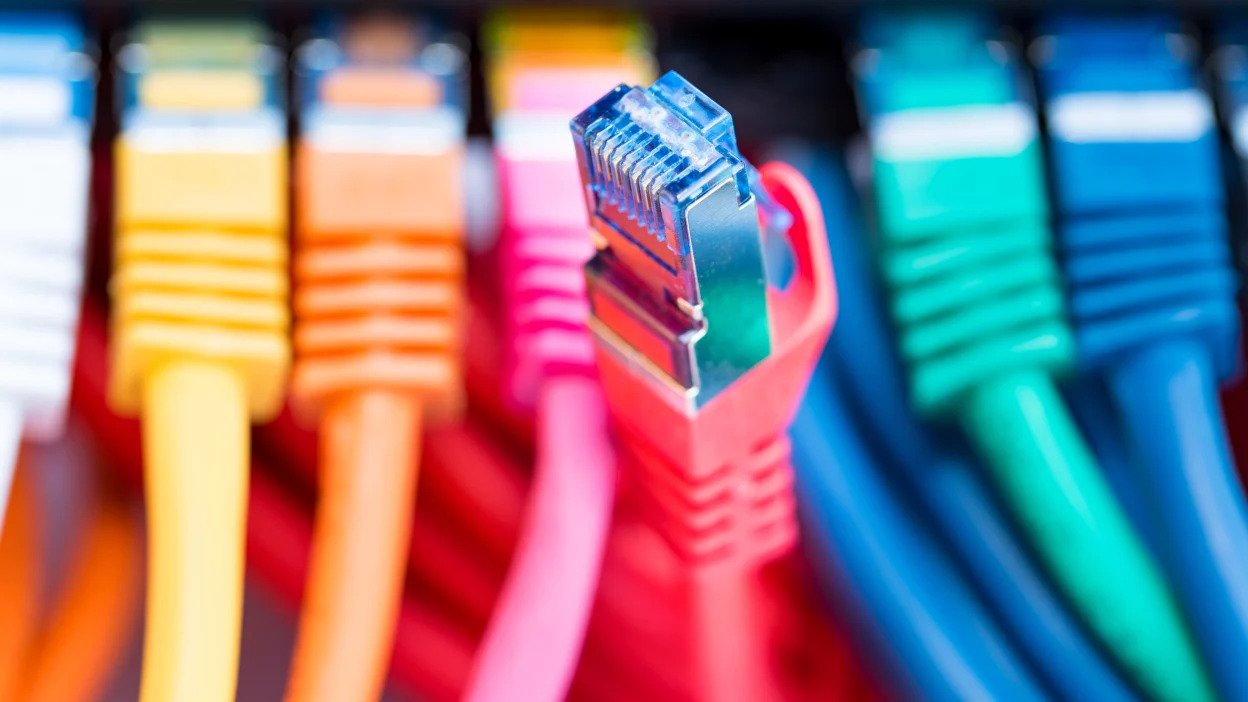Posted: November 08, 2022
Depending upon technical specifications, there are multiple types of networking cables including Twisted Pair, Coaxial, Ethernet, and fiberoptic. Not all of these cables are interchangeable, that is they are best suited for specific purposes and each should be deployed to meet specific networking goals. Therefore, those who are interested in buying networking cables are advised to read this article before making a final investment.
 Live-Chat
Live-Chat







